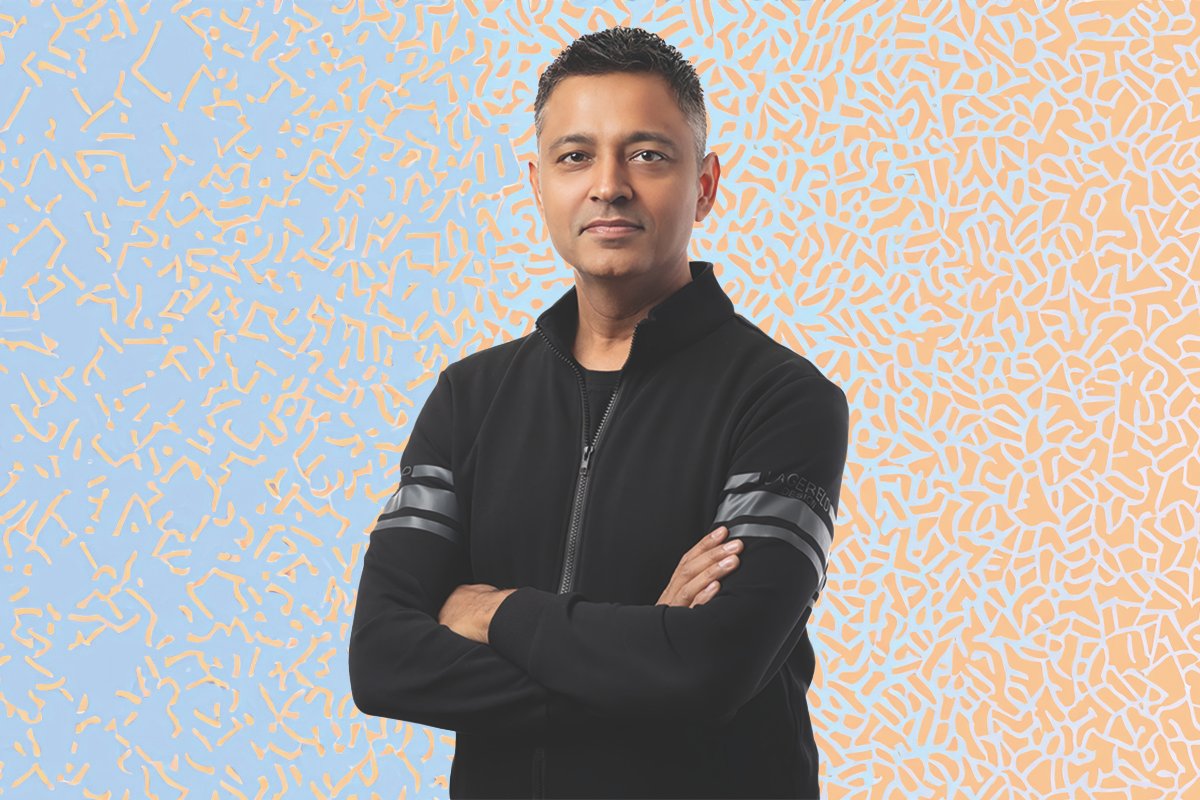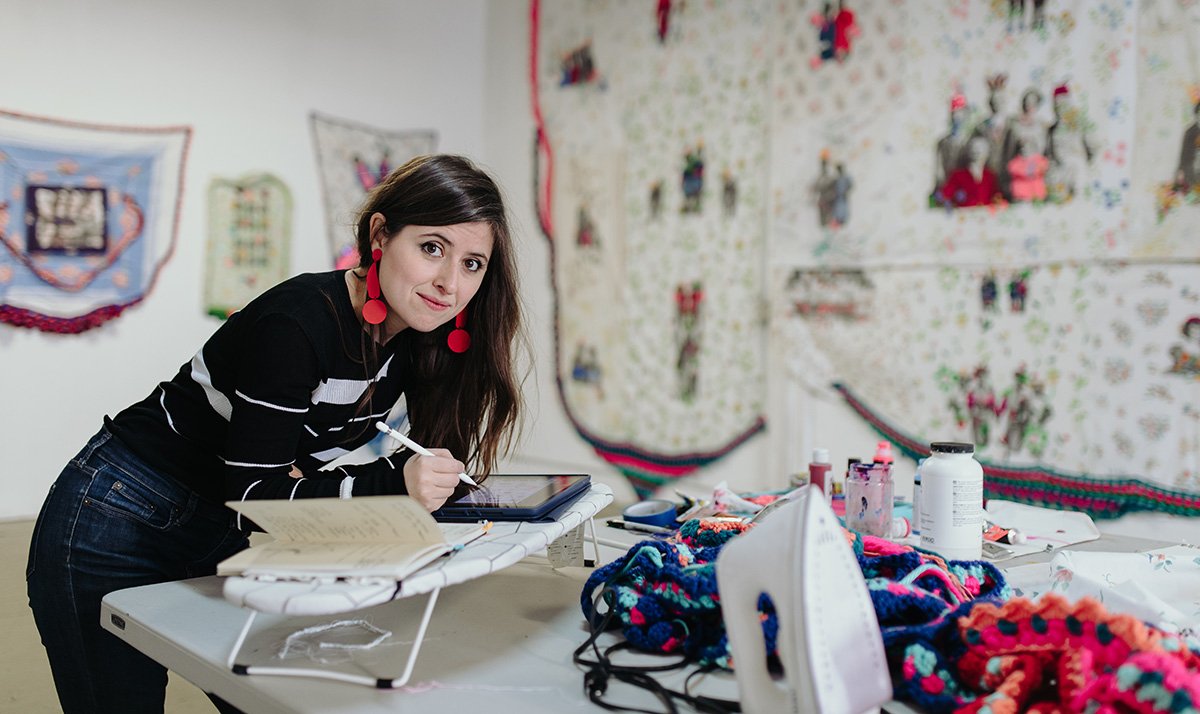Dr. Ravinder Tulsiani Redefines Corporate Learning With AI, VR, And Adaptive Leadership

Pioneering AI And VR In Workforce Development
Dr. Ravinder Tulsiani is a luminary in the fields of Learning & Development, leadership strategy, and workforce transformation, and Mosaic Digest magazine is honored to feature him as our guest in this special edition. With an extraordinary career spanning more than 25 years, Dr. Tulsiani has not only redefined the boundaries of corporate learning and development but has also shaped the future of education through technologies like AI, adaptive learning, and VR. His work is a testament to how innovation, when coupled with empathy and purpose, can drive both organizational excellence and profound human impact.
A best-selling author of transformative works such as Your Leadership Edge and Adaptive Learning, Dr. Tulsiani bridges practical application with visionary insight, offering frameworks that empower leaders to navigate complexity and uncertainty. From pioneering VR empathy training for dementia care to engineering adaptive AI-powered learning pathways, his contributions have achieved measurable growth and transformation across industries. His books are not just guides; they are actionable blueprints for anyone seeking to cultivate inclusive leadership and future-proof talent ecosystems.
At Mosaic Digest, we believe in spotlighting trailblazers who inspire meaningful change, and Dr. Tulsiani exemplifies this to the fullest. His philosophy of integrating human-centered design with cutting-edge innovations sets a gold standard for leadership in a rapidly evolving world. As you delve into this enlightening interview, you’ll find actionable wisdom, compelling stories, and a vision for learning that values adaptability as much as it does authenticity.
What initially inspired you to transition from a legal background into the world of learning and development?
The shift wasn’t planned—it was forged in crisis. During Mike Harris’s tenure as Premier of Ontario, deep legal aid cuts destabilized the field. Firms closed. Talented mentors, including one of my professors, faced unemployment. When my cousin—after three years of searching—landed a legal role paying just over $30K, the writing was on the wall. I pivoted to finance, but it was in training and development that I found meaning. Helping others future-proof their careers sparked something deeper. What began as a detour became a purpose: equipping people not just to survive disruption, but to lead through it.
How do you see AI and VR reshaping the future of corporate training and education?
AI and VR aren’t bells and whistles—they’re accelerators of potential. AI enables adaptive learning based on individual progress and preferences. In Adaptive Learning, I explore how ChatGPT integrated with Storyline 360 allows for real-time personalization. VR, meanwhile, creates embodied empathy. Our dementia simulation let clinicians feel cognitive decline from within—resulting in a 90% rise in empathy scores. These tools don’t replace the human element—they deepen it. The future? LMS platforms that don’t just track learning—they flag burnout, disengagement, even ethical risk.
In your book Adaptive Learning, what was the biggest challenge in integrating Storyline 360 with ChatGPT?
Preserving instructional integrity. ChatGPT is powerful, but without structured prompts and fallback logic, it can drift off-message. We engineered tone filters, ethical guardrails, and adaptive pathways to ensure relevance and consistency. The breakthrough came when we stopped asking AI to act like a teacher—and treated it as a cognitive partner.
How do you tailor learning strategies to meet the diverse needs of modern learners?
It starts with understanding, not assumptions. We build detailed learner personas and map their journeys—Who are they? What challenges do they face? How will they apply what they learn? Why might they resist it? We answer the “What’s in it for me?” (WIIFM) and design content that fits naturally into their workflow. At work, that meant creating solutions for clinicians, corporate staff, and remote teams with radically different day-to-day realities. We used a blended approach—eLearning, VR simulations, and AI-powered assessments—while embedding systemic DEI through partnerships with Indigenous leaders and CCDI. The result? Higher engagement, lower resistance, and learning that doesn’t just land—but lasts.
Could you share a moment in your career when a leadership strategy you implemented made a measurable impact?
Migrating 60,000 users to a new LMS was high-stakes. I introduced Rapid Action Pods—cross-functional micro-teams that owned specific phases. This decentralized model fast-tracked decisions, built local champions, and fostered accountability. We saved $390K annually, cut ramp-up time by 40%, and gained workforce analytics that now inform strategic hiring and planning.
What are the most common misconceptions leaders have about adaptive learning technologies?
Three come up often:
- That it’s plug-and-play—it’s not. It requires continuous refinement.
- That personalization is complex—actually, it simplifies by focusing attention where it’s needed.
- That it’s only for hard skills—we’ve used it to develop emotional intelligence, inclusive leadership, and ethical reasoning. Adaptive learning isn’t a toolset—it’s a mindset.
In Your Leadership Edge, you emphasize actionable steps—what’s one small change a leader can make today that yields big results?
Build a micro-innovation loop. Ask each team member to bring one improvement idea—however small—and give them space to test it. Whether it’s solving a recurring issue or streamlining a task, review the outcomes in team meetings. That 1% better mindset doesn’t just boost performance—it builds ownership. When people see their ideas become reality, they don’t just contribute—they commit.
How do you balance technological innovation with the human element in instructional design?
I start with trust, not tech. The goal is never to deploy gadgets—it’s to solve problems. At work, our VR dementia training wasn’t about headsets—it was about helping clinicians feel cognitive decline and grow in empathy. Our AI-enhanced onboarding wasn’t about automation—it was about creating meaningful early experiences that improve retention. My rule: if tech doesn’t enhance empathy, efficiency, or equity—it’s not worth using.
Among your many certifications and experiences, which one has influenced your leadership philosophy the most?
My CTDP grounded me in performance-driven design. But the real shift came from co-creating training with Indigenous communities. That experience redefined leadership for me—not as directing from the front, but building with others from beside. It taught me that sometimes the most powerful thing a leader can do is listen deeply and step back.
What advice would you give to aspiring authors who want to share professional insights through writing?
Write from the trenches. Your lived experience is your expertise. Start with the questions people keep asking you—that’s how both Your Leadership Edge and Adaptive Learning came to life. Be clear. Be real. Write like you’re coaching one person, not convincing a crowd. The most powerful voice in business writing isn’t the loudest—it’s the one that feels like it’s speaking just to you.













